Moving is often known as the third most stressful thing to do in life – getting married and death are the first two. That being said, moving out is a large part of life. Having moved over 20,000 families, these moving hacks are the most comprehensive list available to get you moved out safely. Many residents hire move managers or organizers to handle large relocations but many people want to tackle moving on their own. These are the best ways to pack and unpack faster, reduce the amount of work, and ultimately make the process go just a bit smoother.
Moving Hacks 101
The best way to pack for moving is to start earlier, rather than later. So before we get to packing tips and tricks, here are some moving hacks that will help you start on the right foot. When going through our moving hacks, we will start with the most obvious in order to get you started thinking about a moving timeline.
-
-
Figure out the logistics: DIY or hire movers
Just thinking about all the tasks involved in the move might cause you to feel overwhelmed and panicky. Yes, a lot will need to be accomplished, but start with thinking about whether you are going to hire a moving company or do it yourself. Cost considerations for a DIY move will include rental truck, gas, labor, insurance, mileage, unexpected fees, materials and damages.
Pro Tip: When hiring a mover, make sure they come out to your house for an on-site estimate
-
Download a moving checklist
Once you have hired movers or rented a truck, figure out what needs to be done next. Our team has created a comprehensive moving checklist but there are many you can find on google. As new tasks come, add them to the list.
-
Get a budget together
Moving is expensive whether you hire movers or do it yourself, and you don’t want to end up with major sticker shock on top of everything else. A studio move in the same town can be as inexpensive as around $600 but if you are moving a 5 bedroom to Texas it can range up to $50,000. You are going to need to call local movers nearby and get some pricing for your specific move.
-
Order supplies
Packing is done with different size boxes for different items. You will need a variety of box sizes, tape, shrink wrap, and packing paper. You can also hire a packing company for a packing estimate. This way, you can be sure to get what you need on the first run to the store.
-
Get and idea of what services you will need
You may need overnight storage if you are doing a bridge loan or moving out of an apartment on the 31st but cannot move in until the first. Short term storage, long term storage, packing, crating and hoisting may also be required for your move. Here is a list of moving services you may need
-
Organizing
We can’t overstate just how much easier your move will be if you organize your belongings and toss, recycle or donate what you don’t need instead of paying to move it out. It’s an undertaking, but these hacks can assist
-
-
Go room by room
Create a spreadsheet to determine what goes and what stays. Get an idea of how much you’ve got and make notes of what can go. Possibly enlist the help of an estate cleanouts company
-
Closets. Closets. Closets.
Each closet should have a similar inventory. A quick moving hack – if you haven’t worn it in 2 years or isn’t a . The same goes for your children’s closets,
-
Removal
When deciding whether an item serves a purpose in your life, ask yourself whether you would go out and spend money on it if you didn’t already have it. If you wouldn’t, you likely don’t need it.
-
Make a list of donation centers near you
If you know you’ll be donating big items like furniture and rugs, schedule a pickup ahead of time so you can be sure you have an organization pick them up. If you are moving out, look for a donation list your donations so that you don’t have to worry about how you’re going to transport everything.
-
Storage Needs
If there are some items that you can’t commit to getting rid of yet, but you’re not sure you need, you may want to put them in a self storage facility or use a moving company with climate controlled storage.
-
Consider a cleanout
It can take a lot of time to clean spaces like garages, basements and attics. They’ll dispose of the trash, clean up, and even donate items to local charities. There are many estate cleanout companies that can help organize and downsize for you. If you are moving a senior or moving into a 55+ community, this is a great idea as space becomes a great concern.
-
Financial Moving Hacks
In addition to being a lot of work, moves can also cost you a lot of money. Follow these moving budget hacks to keep your costs down.
-
-
Get quotes from at least three different movers
This helps ensure you get the best price, and you may even find that a company is willing to reduce their estimate if it means getting your business.
-
Look at all your moving options
The best way to move is the way that makes sense for your needs and your budget.
-
Find free packing supplies
You can often score free packing supplies at local stores – may alcohol shops have heavy duty boxes that their bottles are packed in. Also wholesale clubs and local marketplaces are great places to find free boxes.
-
Best dates to move
You will find the months of November – March usually have lower pricing during non-peak moving dates. Most moving companies do not work on Sundays or if they do, expect to pay time and a half.
-
Packing Hacks
Packing to move is the most time-consuming phase. Hiring movers who pack can be a godsend. Our best packing tips for moving are all about saving yourself time while still making sure that your belongings are safe. With that in mind, here are the packing hacks for moving you need to know for a smoother move.
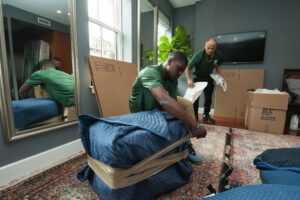
-
-
Set up a packing station
Get your supplies ready including boxes, packing tape, scissors, packing paper, bubble wrap, markers, old towels and blankets, plastic bags of various sizes, including small sealable bags different color sharpies or different colored tapes so you know which room each box will go in in the new home
-
Have a designated packing area
- Set up a surface for your packing station. It could be a folding table or the guest bedroom or, if you can spare it while you pack, a dining room table. That way, you won’t waste time looking for any supplies and can use the station to tape and label boxes.
-
Keep essentials unpacked
You’ll probably need at least some of them on moving day like tape and markers, so keep them unpacked and at the packing station till the very end.
-
Gather blankets and towels
Wrap up breakables like glasses or perfume bottles in socks for serious padding, and use linens and towels to cushion fragile, difficult-to-wrap items like lamps and vases. In the kitchen, use dish towels to securely wrap up knives and other sharp objects, securing them here with a rubber band. You’ll be amazed by how many household items you already have on hand can be used for packing. Blankets and towels can be used to pack trinkets
-
Utilize Suitcases
Pack your winter clothes and jackets in suitcases. since their wheels make them easy to move.
-
Manage space
Keep your space as clear and manageable as possible by only setting up boxes as you’re ready to fill them. Once a box is filled take it to the packing station for taping and labeling.
-
Color-code!
Save time with your box labeling by picking up a sheet of different colored stickers and assigning each color a room. That way, you’ll be able to identify what needs to go where super quickly, and you won’t have to hunt for the marker every single time you seal up a box.
-
Put colors codes at the destination
Make it easy for the movers by color-coding boxes – that way you don’t have to be chased down on delivery day
-
Fragile items
Make sure fragile items and boxes are labeled as such. It’s especially important if you’ve hired movers as they won’t know to be extra careful with some of your boxes.
-
Picture by number
Get a moving inventory together and snap a quick pic of the inside of boxes after they’re packed in case you need to jog your memory later about what’s where. While you won’t capture every item in the shot, it should help you get a general idea of what you’ll find in each box. Many movers have a digital inventory and will do this for you if the items are packed by them and going into storage
-
Put together a moving essentials bag
Pack a small duffle bag or suitcase with the personal items you’ll need access to during your move and right after you’ve arrived at your new place, such as important documents, medications, chargers, basic toiletries, a couple of changes of clothes, etc.
-
Essentials
The essentials box (or the open-first box) will save your sanity on your first night in your new home. If should have everything you’ll need right after the move, like paper towels, toilet paper, water, paper plates and plastic utensils, and so on. If you’re moving with a small child, you’ll need to add diapers and extra clothes as well as favorite toys and baby food. For pets, you’ll have to have easy access to their food and food bowls, the leash, treats and chews, the bedding, a litter box, cleanup bags, and your pet’s favorite toys.
-
Keep the hardware in a plastic bag
When you disassemble furniture, put small hardware in a sealable bag and label it. Tape it to the furniture it belongs to or keep it all in a box together.
-
Living room moving hacks
-
-
Inventory list
This includes your TV, computer and other electronics. If hiring a moving company, take photos of your computer beforehand. These photos could come in handy if the computer is damaged while in transit and you need to file a claim.
-
Gadget box
When moving valuable electronic devices like your tvs, computer and other gadgets gather all product manuals and place them in a safe, secure bag. Label the cords. Use original packaging if possible. Some moving companies have a “red box” that is literally red for all of these items.
-
Computer backups
Always back up your computer hard drive prior to a move. Should any damage occur while in transit you can prepare by backing up your hard drive.
-
Show the movers your electronics work
It can be difficult to remember where all those wires go. While your TV is still plugged in, take a picture of the back of it so you’ll remember how to set it back up later.
-
Label your cords
The best moving hack is labeling your cords or if you are super savvy, while your TV is still plugged in, take a picture of the back of it so you’ll remember how to set it back up later.
-
Ligh bulb removal
Make sure to remove lightbulbs from lamps while in transit
-
Remove what you can from large items
-
Bedroom Moving Hacks
-
-
Dresser drawers (unless it’s antique)
Take the drawers out of the dresser, leave the items in there, and secure them by wrapping up the drawer in plastic wrap. If it’s not too heavy, you can leave the drawers in the dresser and wrap up the dresser itself in plastic wrap. However, antique furniture should be moved with drawers in tact so you will have to empty
-
Wardrobe boxes
Most moving companies will have wardrobe boxes so you can keep your clothes on the hangers. Keep clothes on their hangers and either group them up and wrap them in large garbage bags or hang them in a wardrobe box.
-
Roll your clothes
When packing clothes in drawers, roll them instead of folding them to save space. Some clothes can be used for breakables.
-
Don’t use garbage bags
- Contrary to popular belief, garbage bags should never be used unless it is to cover clothes while on hangars. Garbage bags to not stack well which means you will limit your space in a moving truck and may have to make a second trip if you have too many. You may get stuck with a pile of your clothes in the dirt if your garbage bag doesn’t hold up.
- Shoe packing
- Boxes used to transport bottles have dividers. You can use them to keep your shoes organized. While you’re at it, consider packing your shoes with small items to maximize space. Read More: Packing Shoes For Moving
-
Don’t buy a mattress bag
- Mattress bags are an absolute waste of $24.99. For $12 you can purchase a whole roll of shrink wrap that will protect your mattress much better and one roll can wrap about 10 mattresses. Mattress bags only have one layer and do not hold up well.
-
Kitchen packing hacks

-
-
Stack pots
Instead of wasting additional boxes for small kitchen items like spices and gadgets, fill up your large pots and other sealable containers with them. You’ll save a ton of space.
-
Vertical packing
Packing your plates vertically will ensure they’re less likely to crack or break. Don’t forget to wrap with packing paper or use foam pouches.
-
Appliance packing
Small appliances you’ll need right away (like your coffee maker and toaster) in a laundry basket so you can put them on your counter right away in your new place.
-
Medium boxes for pots and pans
Use a large or medium box to stack pots and pans. Put packing paper between them. Stuff paper or dish towels into openings to keep your pots and pans from moving around in transit. Wrap glass lids and put in a separate box.
-
Dividers for glasses
This is the safest way to transport them. You can buy specialty dividers that fit into standard boxes or use the liquor store boxes in a pinch. Your glasses should be wrapped in packing paper
-
Shrink wrap the utensil tray
The easiest way to transport flatware and serving utensils is to wrap the tray in plastic wrap and lay it flat in the box. You can add things on top.
-
Hand towel knives
Roll each knife in a full sheet of packing paper and then wrap a dish towel around them and secure the whole thing with a rubber band. Pack knives on their side — never facing up.
-
Do not move perishable food
Moving food is just not a good idea. You can call a food bank to donate unused food. Don’t forget to defrost and clean your fridge a day or Ap
-
Pack liquids in clear plastic bins
We advise using plastic bins when packing liquids. Unlike with cardboard, you don’t have to worry that a spill will leak out onto other items. Plastic ensures that any spilled liquids are completely contained and the boxes can be cleaned and reused.
-
Dining room moving hacks
-
-
Disassemble lamps
As we’ve mentioned earlier remove all light bulbs from your lamps, then remove the harps. Wrap the bases, harps and lightbulbs separately. Put them in one box with plenty of bubble wrap or paper to fill the empty spaces in the box.
-
Wrap lamp shades with pillowcases
For lamp shades, you can use towels, pillowcases or tissue paper for wrapping. No coarse paper or newspaper as those might damage the shades. Wrap each shade separately, especially if they are made with delicate fabrics like silk. When placing them in a box, you can stack the shades if they’re different sizes.
-
Table leaf wrap
That’s because it can trap moisture and damage your table. You can use moving paper pads if you have them or blankets. If you’re using movers, leave it to them to handle it.
-
Rug rolling
If you are using a moving company, they will do it for you. You can just leave your area rugs on the floor. If you’re moving yourself, clean and roll your rugs. They should be loaded in the end and unloaded in the beginning so you can put them on the floor in your new home before the furniture can be placed on top of your rugs.
-
Curtain and drape moving
Fold your curtains and drapes lengthwise if you’re using wardrobe boxes. If you’re using regular boxes, line them with paper or plastic bags first to ensure your drapes or curtains will arrive clean.
-
Art moving
If you’re moving any statues, large vases, mirrors, or valuable paintings, make sure you’re doing it right. Moving companies that sell moving supplies will also have custom boxes. which are designed for large, flat items. They’re four separate cardboard pieces that you can tape together. For valuable and irreplaceable artwork consider an artwork shipper. If your are is valuable ( over $5,000) you will need a moving company that has experience crating.

movers
-
Bathroom moving hacks
-
-
Pack your bathroom last
Things like toothbrushes, deodorant, hair products and anything else you use daily could go into your moving essentials bag on moving day.
-
First aid kit in your essentials bin
Injuries do happen on moving day, so leave your first aid kit easily accessible on moving day. Your first aid kit should always have a place in your essentials bin
-
Shrink wrap against spillage
Prevent spills in transit by using plastic wrap to secure the lids of soap, shampoo, cleaning supplies and other items you don’t want poured out all over your things.
-
Ziploc small items
That way they won’t get lost in transit. If you have a lot of those in your bathroom, you might want to label the bags for easier unpacking. Use ziploc bags for smaller bathroom itesm
-
Box liners
For toiletries, appliances and beauty products, we recommend lining the boxes with garbage or towels for extra protection from leaks or breakage.
-
Towels as moving blankets
As we’ve mentioned before, put your towels to good use by wrapping fragile items from your bathroom in them and to fill the voids in the boxes. Don’t forget to label the boxes as fragile!
-
Egg cartons for jewelry
This one sounds odd, but it makes sense. It will prevent tangling and misplacing paired items like earrings. Just tape the cartons shut when done.
-
Moving-day moving hacks
Moving day itself is super tiring — and it can be super stressful, too. These moving hacks will help you get through it.
-
-
Be ready
Make sure your personal items are not resting on tables, dressers, beds etc so the movers don’t place them somewhere you cannot find. Last-minute packing can slow down your entire day. Make it a goal to be completely packed before your movers arrive or it’s time to pick up the rental truck. That way, you can focus right away on accomplishing the task at hand.
-
Cooler
Stock a cooler with easy-to-grab items that can keep your strength up throughout the day, like water bottles and quick snacks. Move it with you in the car instead of the moving truck, so you can access it whenever you need to.
-
Make arrangements for kids and pets
If your kids are too young to help on moving day, your best bet is to have them hang out with friends or family to relieve a bit of your stress and keep them safe. The same goes for pets. The last thing you want is an injury at your home due to a dog underfoot during the move.
-
Keep cash handy
There will always be some last-minute things to do on moving day. Cash will be needed for tips and other random moving day needs.
- Arrive early
- Keep a to-do list on your phone or a piece of paper for everything that needs to get done on moving day and check it off as the day goes on. Some tasks will be obvious, like loading the truck. Moving truck rentals are notorious for over-booking. Be there first in line to avoid this moving pitfall.
-
Steel toe boots and gloves
- Minimize injury by getting a pair of steel toe boots and gloves. As you’re moving furniture hands get stuck in between large pieces and door jambs – gloves will help with hand injury. Wearing pants, long sleeves, closed-toe shoes and maybe even gloves will cut down on the chance of getting scratched and cut, or your foot being smashed by a heavy box.
-
Clear a path for the movers
- Before the movers arrive, clear a path for them to move your belongings and keep it clear till the end. Especially with large items, you can’t see what’s in front of you. Clear all extension cords and wires that can trip someone. If you have a wonky step on your staircase, label it and warn the movers.
-
Pack any last-minute items
Now is a good time to finish packing your essentials bag and box with your everyday bathroom items and your first-night necessities.
-
Charge devices
Your charger should be nearby or in your essentials bag, but do fully charge your phone the night before. You’ll need it to coordinate logistics with your movers and communicate with them while in transit if necessary. And you may need to use it while you’re picking up the rental truck as well (if you need directions, for instance).
-
Meet the movers on time
Give the movers a walkthrough of your house or apartment. You can point out the fragile boxes (even if they are labeled, and they should be) and the furniture pieces that you need to have disassembled. If you have a preference for how things should be loaded, please communicate that early on. Show the movers where the bathroom is in case they need to use it during the move.
-
Keep sealable plastic bags on hand
As the movers take apart your furniture you will want to keep all hardware like the screws organized. You can do that by using sealable plastic bags. Label them too, so you know which bag is for which piece of furniture.
-
Lift boxes properly
Use your legs to lift, not your back. If you’re not certain if you can make it safely down the stairs while carrying an item or if the box feels too heavy, ask for help.
-
Always do a walkthru
We can’t stress this enough. Always go through each room for the last look. When you are moving out, do a walk-thru multiple times. Open all cabinets and closets, check all outdoor spaces. What you leave behind might not be easy to retrieve because of the distance, if the new owner is moving in right away, or if your apartment has another renter lined up.
-
Take pictures of your utility meters
This might not be obvious, but you should snap pictures of the readings on your water and gas meters. Utility companies don’t always get the final bill right, so you can check the accuracy when you get the bill and have proof in case there’s a billing mistake.
-
Video the empty apartment
Not all landlords are honest and transparent. Some may try to claim damages or cleaning costs and keep some or all of your security deposit. Take pictures of your space to document the state you left it in to protect yourself in case there are issues with getting your security deposit back.
-
Last-minute moving hacks
Having lots of time to plan, prep, and execute your move is great; however, it doesn’t always work out that way.
-
-
Last minute moving
Figure out how you’re getting from point A to point B before doing anything else. You can wing a lot of things with moving, but not this. Find a last minute moving company.
-
Emergency moving
Now is the time to pack, not think. Take care to wrap valuables, breakables and sharp items properly, but don’t put pressure on yourself to organize or label your boxes — you’ll figure it all out later when you’re not on a tight deadline. If you have had water damage or a fire, hire a packout company
-
Get help
If you’re working with a moving company, you can offload some of the tasks to them, such as wrapping up furniture and getting last-minute items into boxes. Know that this may tack on some time, and thus some cash, to your final bill.
-
Unpacking hacks
You’ve finally arrived, but there’s still more to be done. Here’s how to stop procrastinating and speed up the unpacking process.
-
-
Essentials
This will likely include your essentials bag and box with your everyday bathroom things, kitchen items, clothes to sleep in and for the next day, and so on.
-
Unpack kitchen first
Getting the kitchen done first will give you a great sense of accomplishment right off the bat and allow you to focus on the easier-to-unpack rooms.
-
Plan a party
This will give you a deadline for having all of your unpacking done.
-
Give yourself no choice
Feeling decisive? Dump out a box worth of stuff onto your bed or in your bathtub. Now you have no choice but to clear it all out and put everything away.
-
Get rid of boxes as you empty them
As soon as a box is emptied of all its items, break it down and recycle it. This will give you a physical marker of progress and clear up much-needed space in your new home.
-
Unpacking hacks
-
Music to make time go by
Music makes everything better. Put on some good tunes to entertain yourself while unpacking and provide a much-needed distraction from the monotony.
-
Don’t rush
Don’t stress yourself out trying to get every single box unpacked right away. Get the major things done. Focus on doing what you can as you can. Take a break in between unpacking sessions to do something fun. Devoting just 10 or 15 minutes at a time to unpacking is sufficient. It will all get done eventually.
-
Takeout
Let’s get real here: You’re not going to cook while also settling in and unpacking. Give yourself the gift of guilt-free takeout so you can focus more on everything else that needs to get done. Try a new place you’ve always wanted to try or indulge in your favorite dishes. Make it fun.
-
Rest
If you can’t stand looking at all those boxes any longer, go out to eat or to meet your new neighbors. Explore the new area by taking a walk in the neighborhood. Or stay in and read a book or pop some bubbly to celebrate your successful move. You worked hard!
Moving doesn’t have to be as stressful as you may think. It can be an exciting adventure, but it often comes with a lot of planning and logistical challenges. The good news is that there are several clever moving hacks that can help streamline the process, save you time, and minimize the headaches associated with moving. Whether you’re relocating across town or across the country plan ahead, stay organized, and enlist the help of friends, family, or professionals when needed. With a little preparation and creativity, your next move can be a breeze.

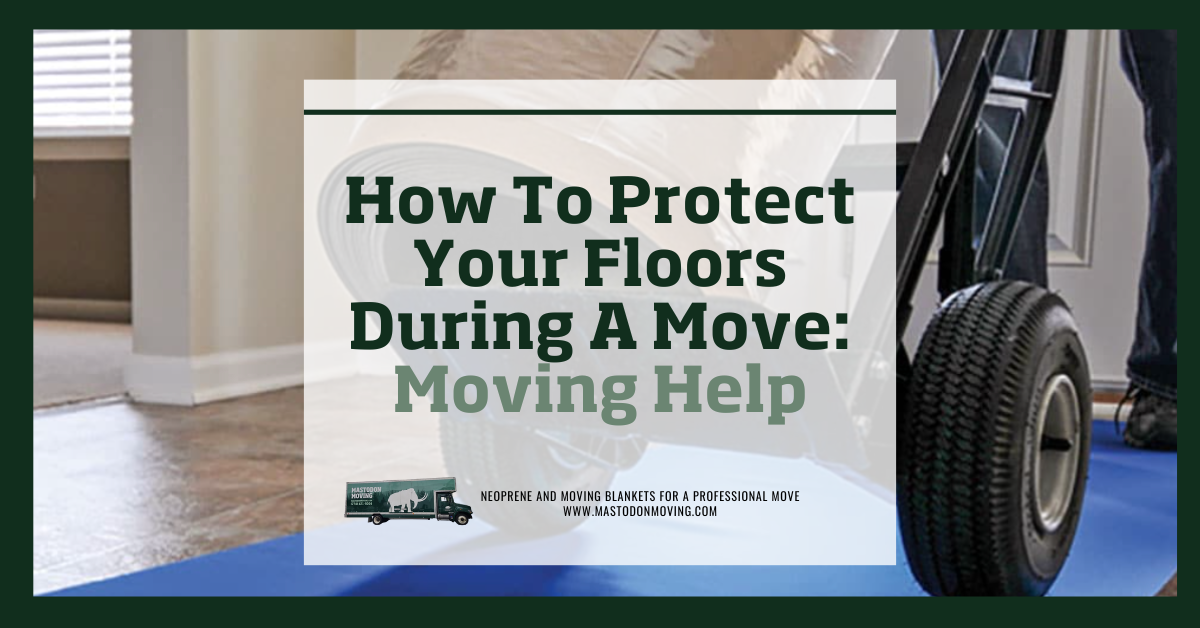
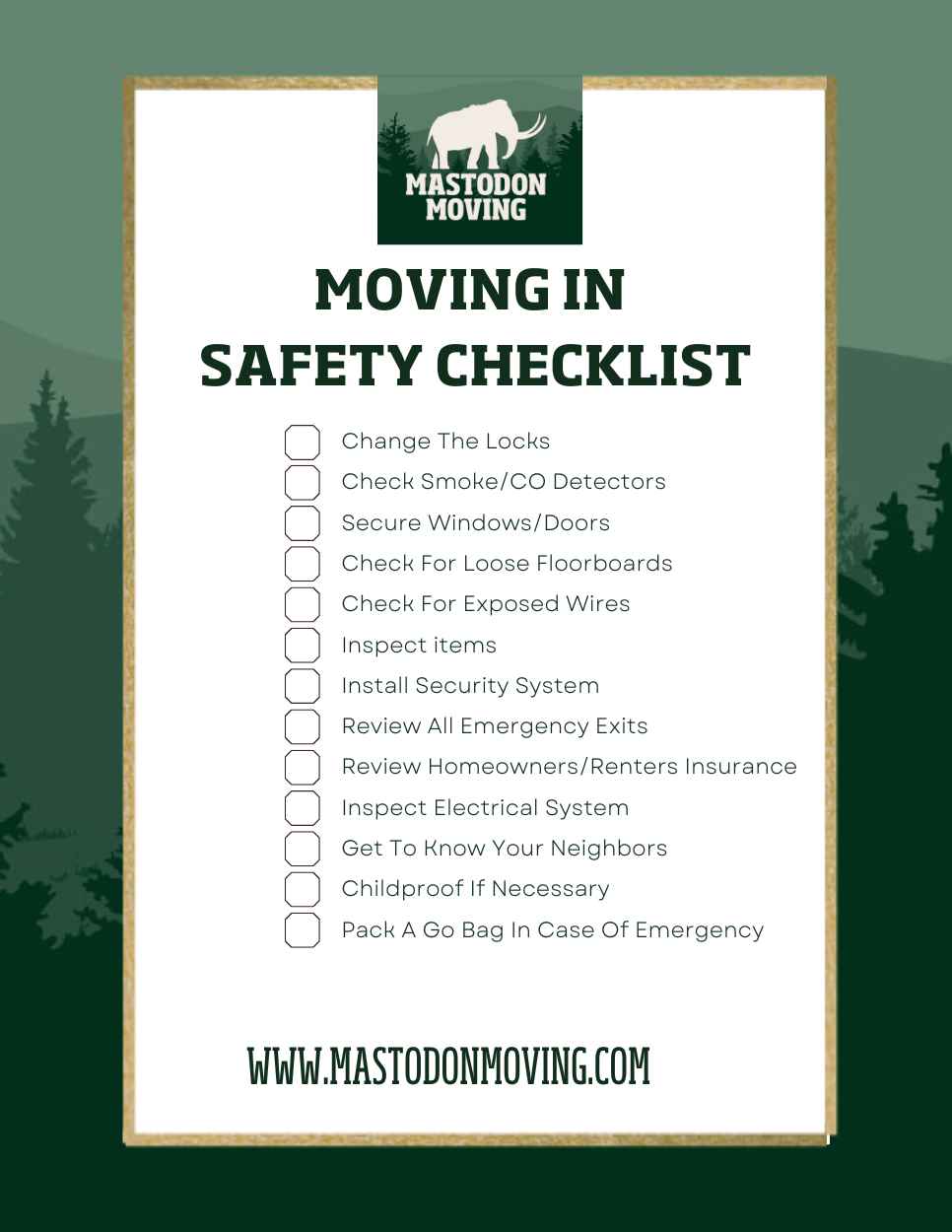

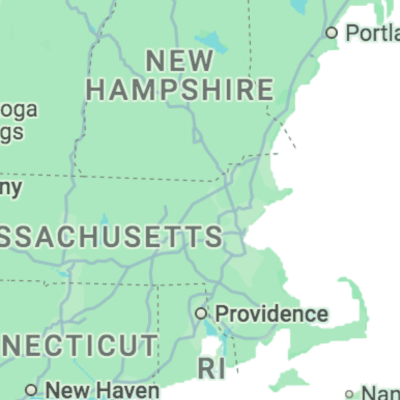

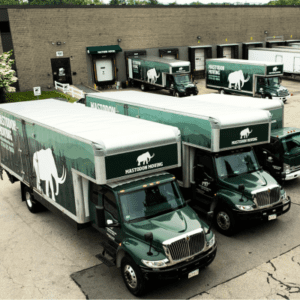


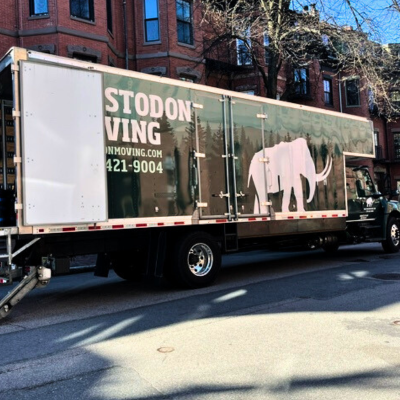
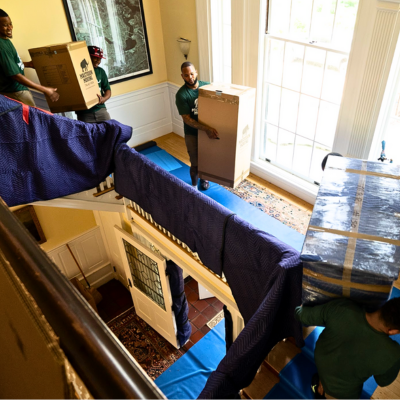
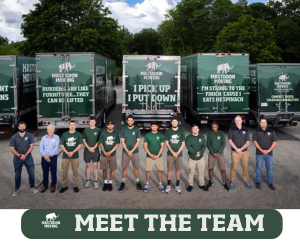
Recent Comments